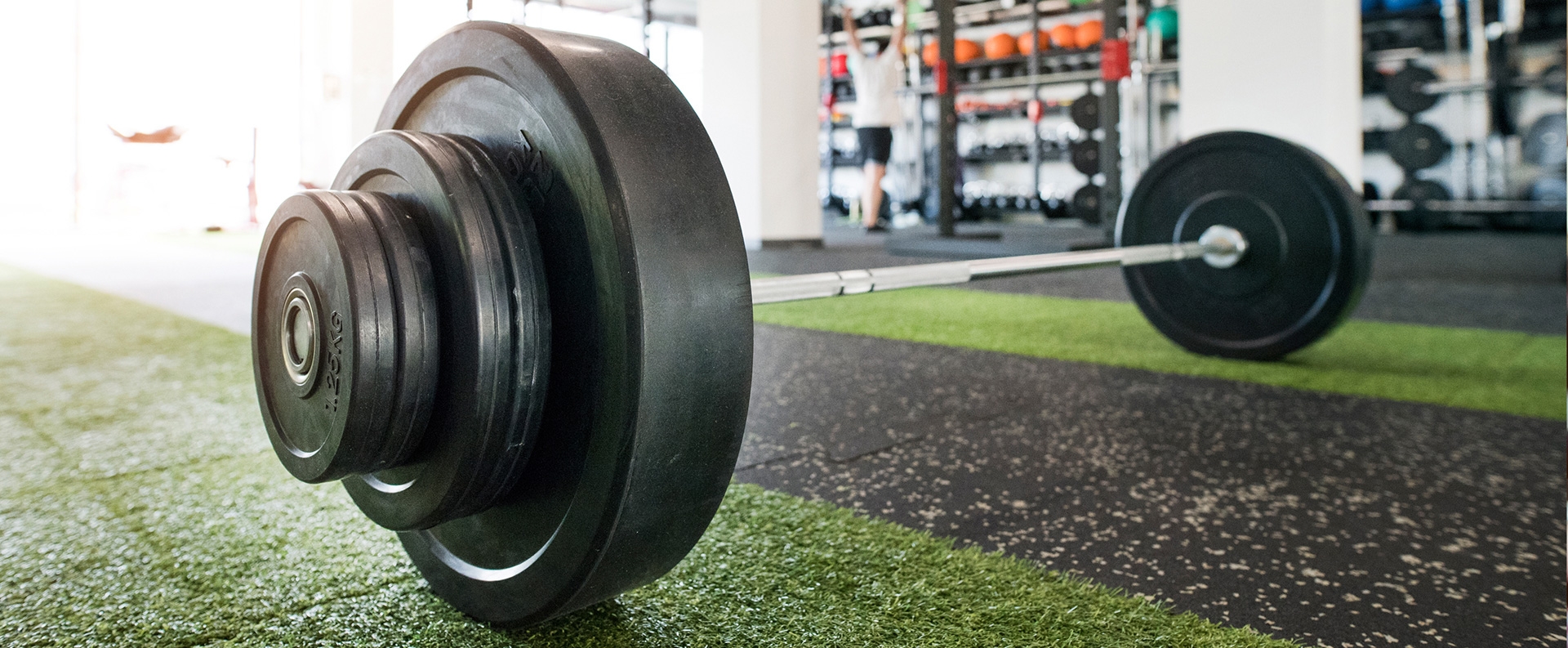Many fitness club managers and owners know this scenario well: the first year after club’s opening has come to its end and the results are still unsatisfactory, which obviously affects general well-being and the level of motivation.

Many fitness club managers and owners know this scenario well: the first year after club’s opening has come to its end and the results are still unsatisfactory, which obviously affects general well-being and the level of motivation.

Many fitness club managers and owners know this scenario well: the first year after club’s opening has come to its end and the results are still unsatisfactory, which obviously affects general well-being and the level of motivation. After some time being still "inside" the club people fall into the routine of the action, extra ideas come to an end and the financial effects are still disappointing. People may start to think: ‘what am I doing wrong? After all, I have a beautiful club, great staff and lots of different classes and training! Where am I making a mistake, what can I do to improve my club's performance?’This is very typical situation and especially now with network clubs or self- service clubs flooding the market. Why is this happening? Why a club does not attract as many customers as the owner expects or why the retention in the club is low?
Unfortunately the answer is not that easy and straight-forward. Definitely there need to be actions taken but they have to be based on the solid knowledge and the insight. Here comes a pretty new service available on a stage answering all the questions people have about our own business – it is an operational audit. This two-stage process should be performed at a fitness club by a specialist consulting firm. It is followed by a meeting with the gym’s manager or owner to gather more information on club’s financial condition, business plan and objectives, the division of roles in the club etc.
The first part of the operational audit is called hard and these are actions and steps based on numbers which give us information about the real financial condition. This refers to the fitness center’s revenue and its percentage diversification between specific sales groups such as: memberships, personal training, other services. At this stage it is also important to know how many active members there are in relation to the whole database and why. It will also help to learn what percentage of customers use extra services provided by the club, which services are profitable, and which are deficient. An auditor uses club’s management system to gather more data, most often enabling to pull out many reports needed to analyze the manager's situation in the club. One of them, which dynamically develops on worldwide scale and enters new markets, is Perfect Gym.
In this part of operational audit managers can learn the following:
- what are peak hours in the club and why,
- how much time on average a typical club member spends there and why,
- what is the attendance at group classes at different time of the day and at weekends and why,
- which group classes are the most popular and why.
Moreover, a manager will also get information about retention and conversion rate of leads or single gym visits into full members etc. This part of the audit is a great deal of information that most of the time the owner has at hand but does not know how exactly to read and use it. Additionally, to have better perspective, managers are presented the analysis of the local market with respect to the potential of the city or area where club is located, combining it with the capabilities of the club.
Auditors analyze the use of space and equipment in the club in terms of its cleanliness, efficiency and accessibility to the gym users. An interesting point of the hard audit is the analysis of the lease agreement in terms of possibility of negotiations conditions or usage the rights that owner has. The auditor will examine fixed and variable costs of the club in terms of their optimization.
Lastly, hard audit is about studying membership contracts sales in terms of tailoring the offer and maximizing sales and additional services from the margin perspective plus analyzing prices and suppliers to find the potential to increase the club's earnings. The final stage of the first part of the audit is the analysis of the whole documentation. It is worth paying more attention to accident forms, job listings, cash register forms, sales reports, club openings and closings, personnel files, club budget etc..
Schedule a meeting with a free demo presentation to explore Perfect Gym software!